SUMMARY
This is AI generated summarization, which may have errors. For context, always refer to the full article.
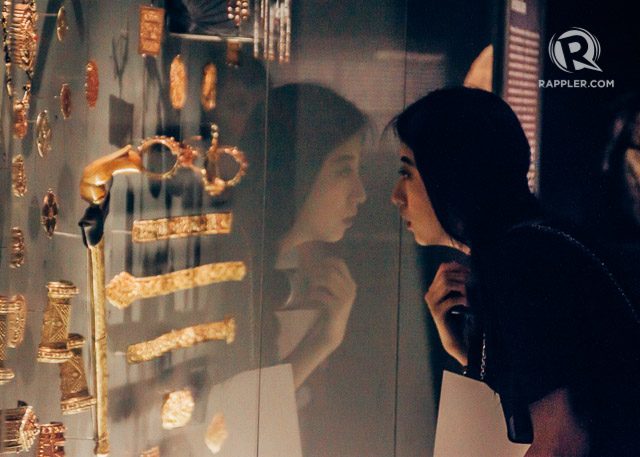
Google anything you can’t find in Manila, and there’s a chance you might find it in Singapore. Progress is so fast in Singapore, and that time waits for no one. Naturally, its diverse citizens are always up to date with what’s in (thanks to an open digital environment), and are even looking to overturn the conventional. (READ: #SG50: Around Singapore in 16 dishes)
There’s more to Singapore beyond the gleaming buildings downtown or its enormous shopping malls. For a city its size, it’s densely populated with a variety of dining and retail options. More than often, the most interesting discoveries are in the alleyways, the housing estates, or the suburbs. (READ: #SG50: First time in Singapore? 12 places to visit)
The Little Red Dot is becoming exponentially dense with a variety of dining and retail options – thanks to a burgeoning creative and entrepreneurial young generation who is “determined to bring an edgier side to the city,” The Guardian remarks.
Let’s take a look at just some of many things to see:
Check out the eclectic shops at Tiong Bahru
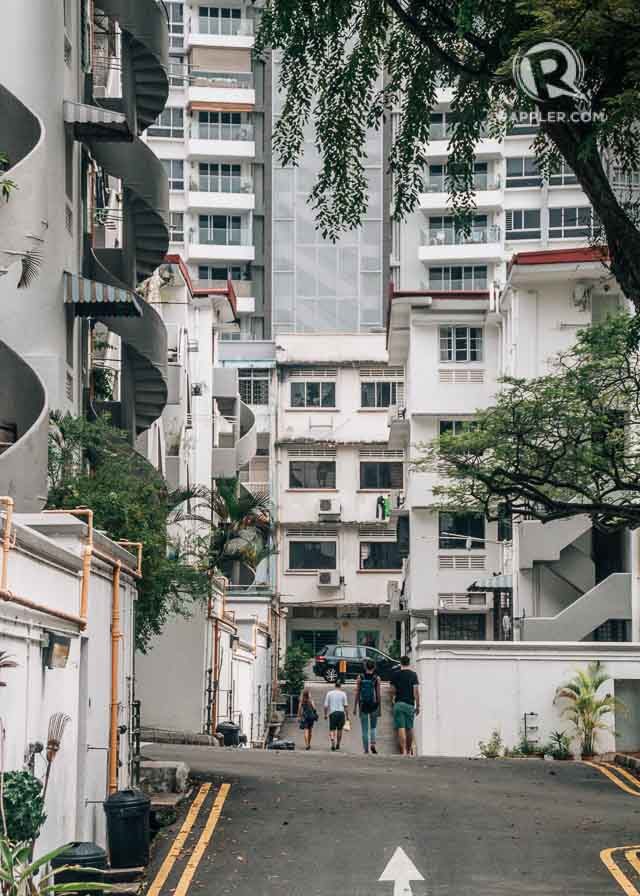
Tiong Bahru has been a favorite hangout. With its historical and striking art deco flats, the once-sleepy neighborhood retains a bit of its old-time charm. In recent years, however, businesses that seem to cater to the artistic types have set up shop here and have turned it into one of the city’s most interesting enclaves.
Tiong Bahru is a mix of quaint and cool, and this draws the crowds. On most Saturdays, the indie cafés teem with patrons wanting to get a caffeine fix or to catch up with friends. Several shops carry artisanal merchandise that you won’t find elsewhere in the city – maybe even in the world.
According to Brad Lau, chief editor of food and travel website Ladyironchef, the resurgence of Tiong Bahru can be traced to Yong Siak Street, where a café and an independent book shop opened: Forty Hands and BooksActually. Today, they are still popular destinations in Tiong Bahru.

BooksActually (9 Yong Siak St) is a favorite haunt for book-lovers looking for a well-curated literary selection. It only doesn’t stock rare international titles, but even encourages local talent under the imprint Math Paper Press.
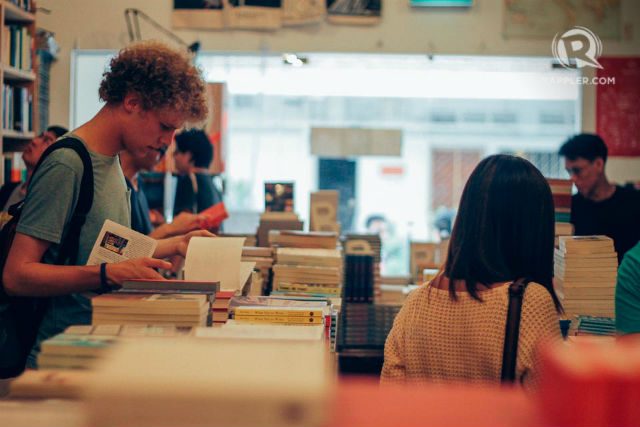
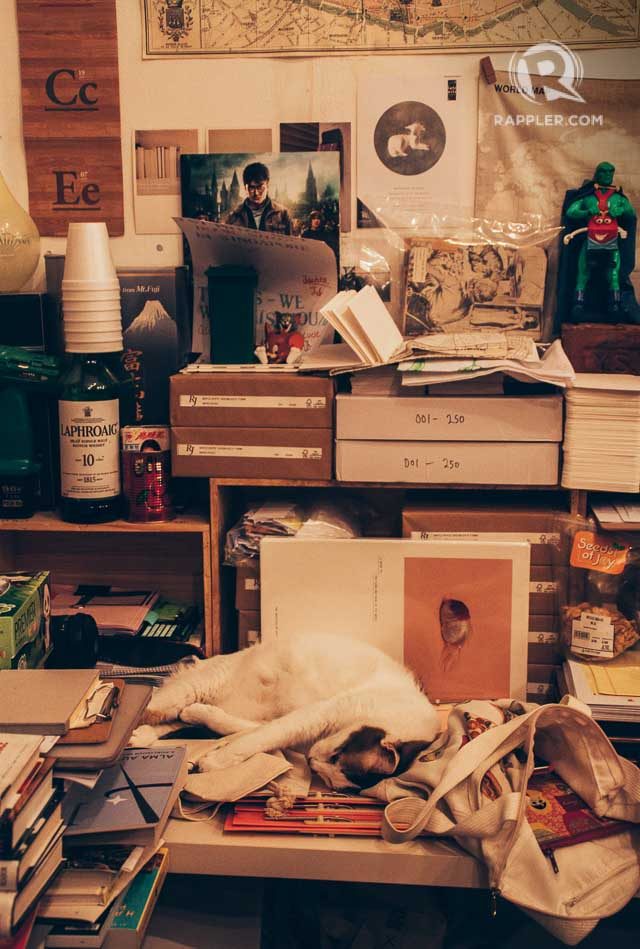
Right across BooksActually, Forty Hands (78 Yong Siak St) is a third wave café and a favorite brunch spot. Aside from the great-tasting lattes and pour-over brews occasionally prepared by the resident Filipino baristas, the Tau Sar Pau (S$2.50) is a must-have.
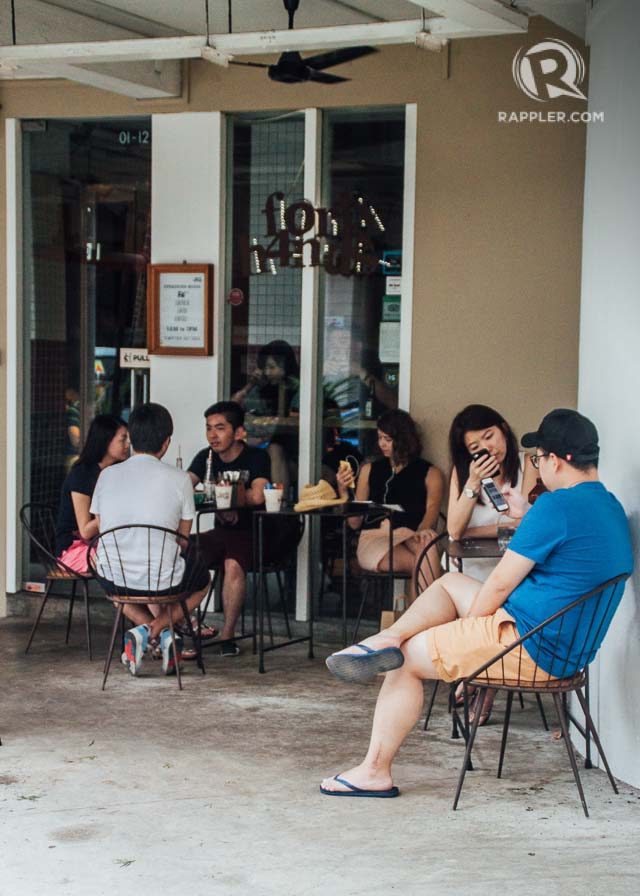
On the eponymous main road, you can find traditional shops beside niche retailers.
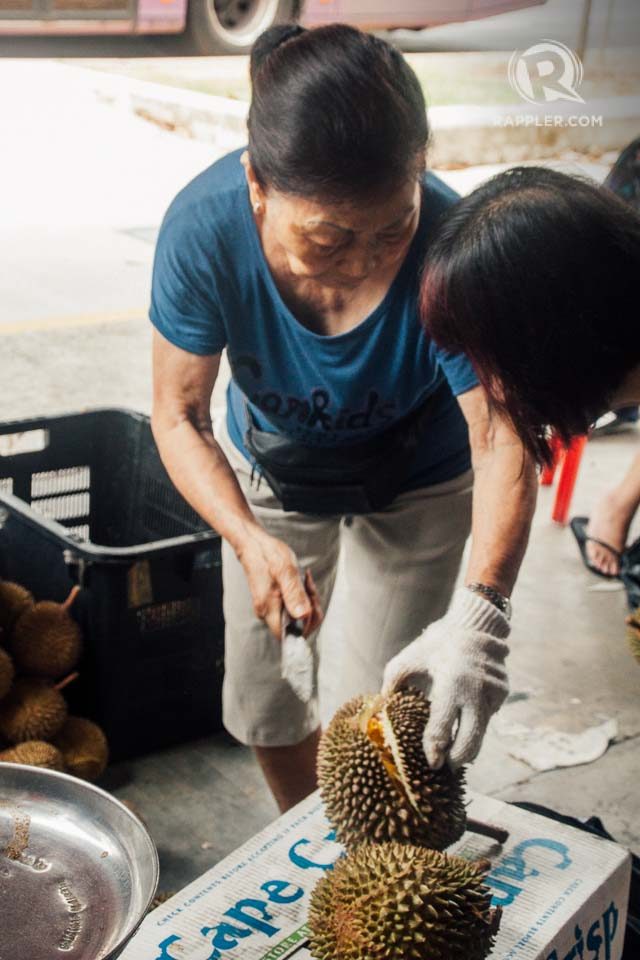
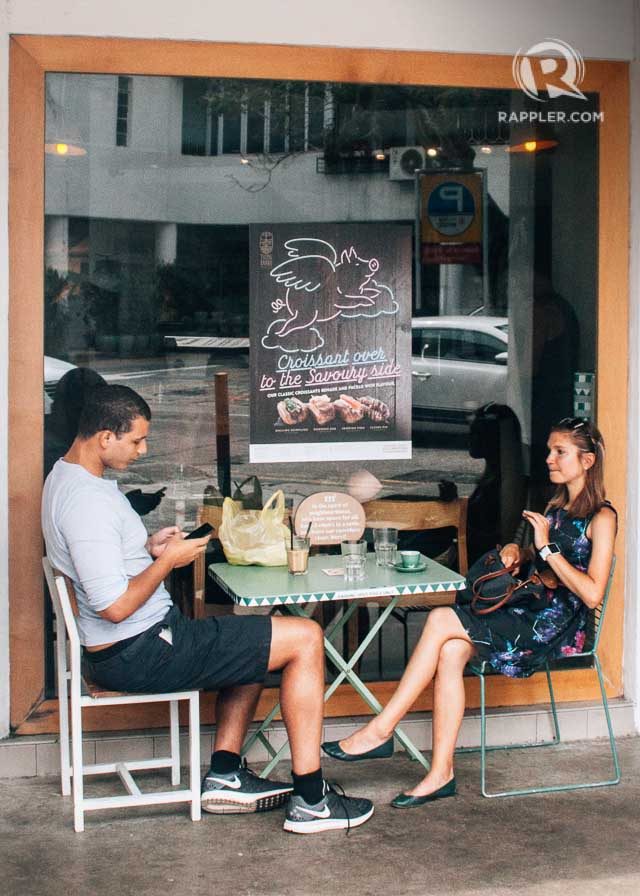
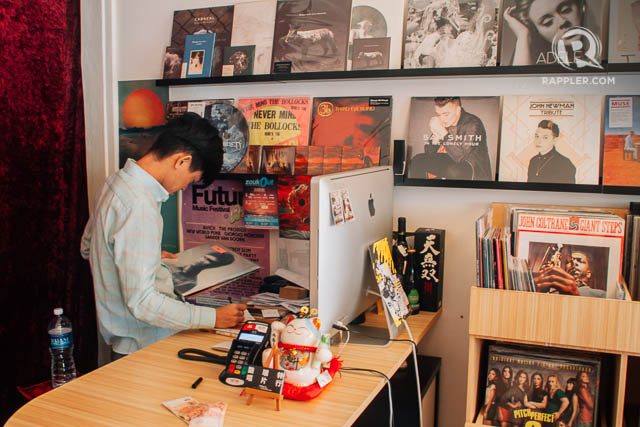
Wind down at Holland Village/Chip Bee Gardens
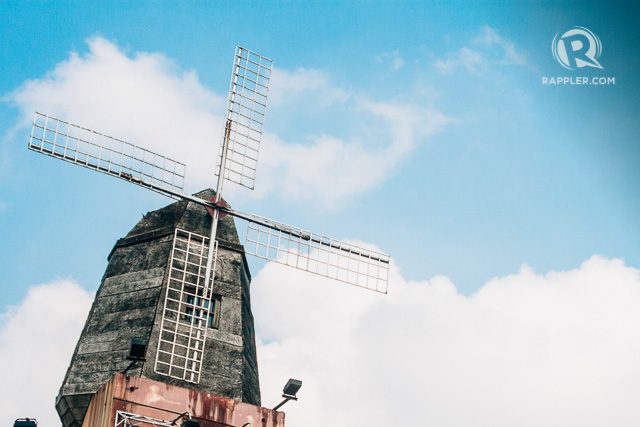
Just on the fringes of the city center, you’ll find one of the few places in Singapore that’s not overshadowed by towering developments. Holland Village, just a few kilometers away to the Singapore Botanic Gardens (a newly-minted UNESCO World Heritage Site), is fairly laid-back. Although a number of pubs have set up on one side, you just need to cross Holland Avenue to relax at Chip Bee Gardens.
Chip Bee Gardens is a tranquil suburban oasis lined with terraced black-and-white houses. A mid-20th century remnant of colonial rule, Chip Bee Gardens was originally built for the families of British soldiers. Today, it is known as an enclave for expat families, who enjoy its relatively spacious two-story houses.
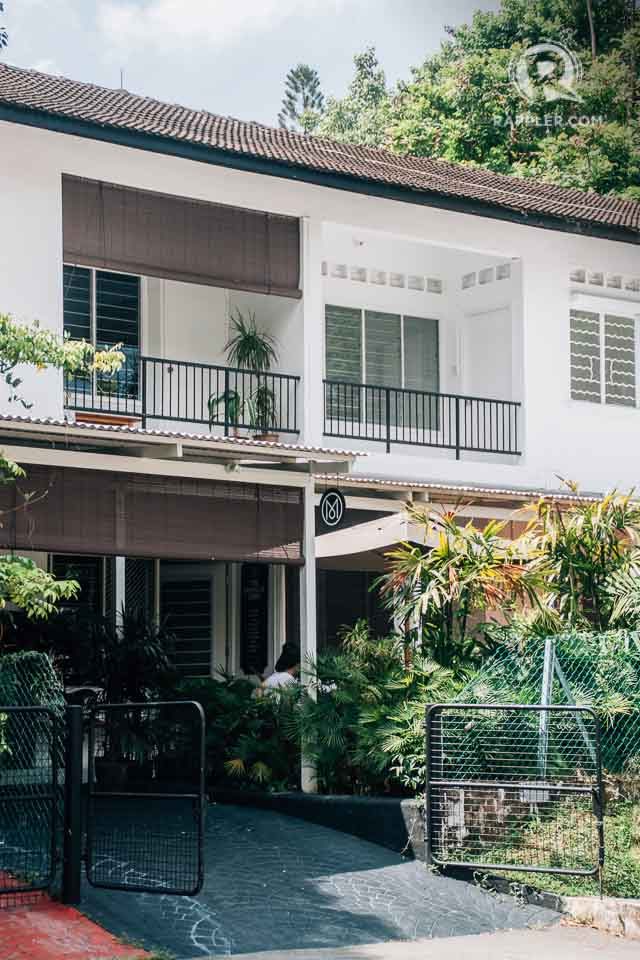
Its tree-lined main road, Jalan Merah Saga, has an airy vibe to it. There’s also a palpable sense of community among the families who eat out at the restaurants found here, such as The Daily Scoop (an ice cream parlor), Original Sin (a vegetarian restaurant run by expats), and Sunday Folks (a café popular for its bespoke waffles).
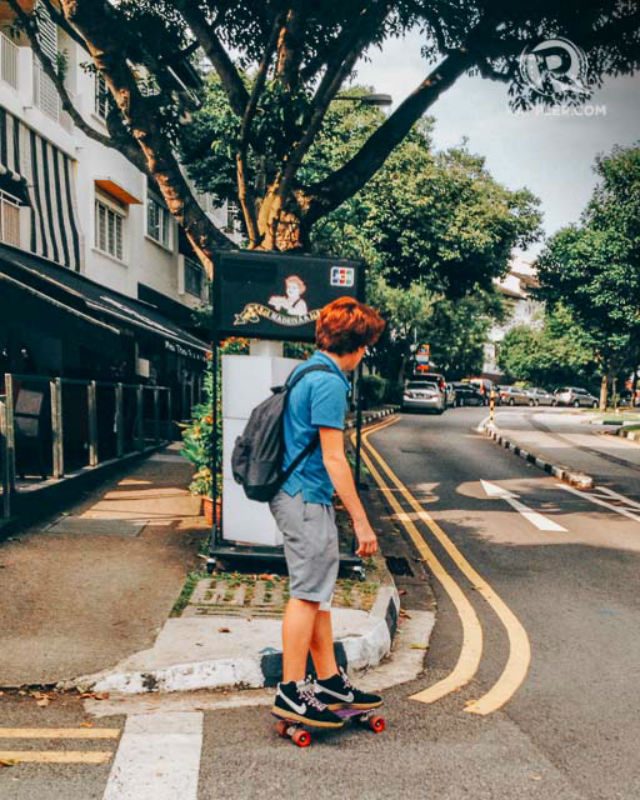
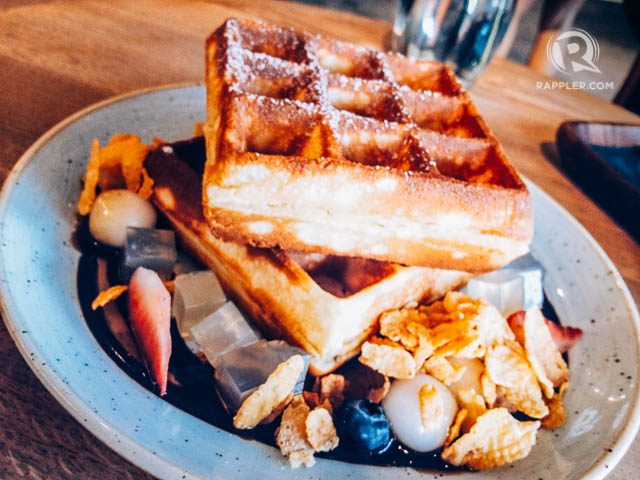
Eat your fill at a beautiful farmers’ market
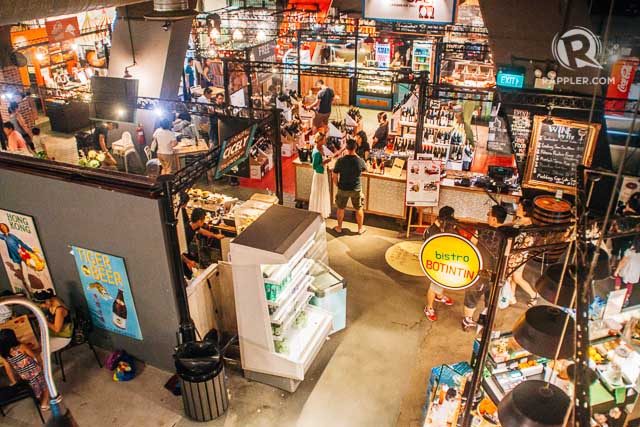
PasarBella is a combination of “market” in local parlance and “beautiful” in Italian. This farmer’s market set up in the posh neighborhood of Bukit Timah is akin to London’s Covent Garden. In spite of the rustic, old-world touches here and there, this farmer’s market is spick-and-span.
With several purveyors of fresh imported produce, wines, global cuisine, and handicrafts, the place is unquestionably upmarket – “atas” in Singlish. But PasarBella is also a hub for many local entrepreneurs who left their corporate jobs to pursue a career in Singapore’s true love: food.
On a good day, it’s abuzz with activity as families love to congregate here. So, come hungry and enjoy the joyous ambience.
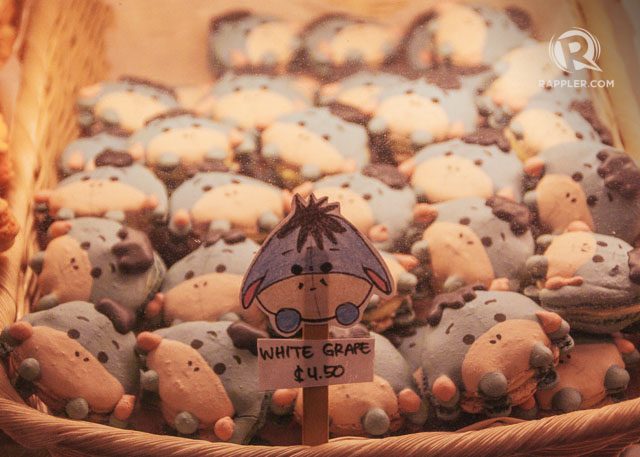
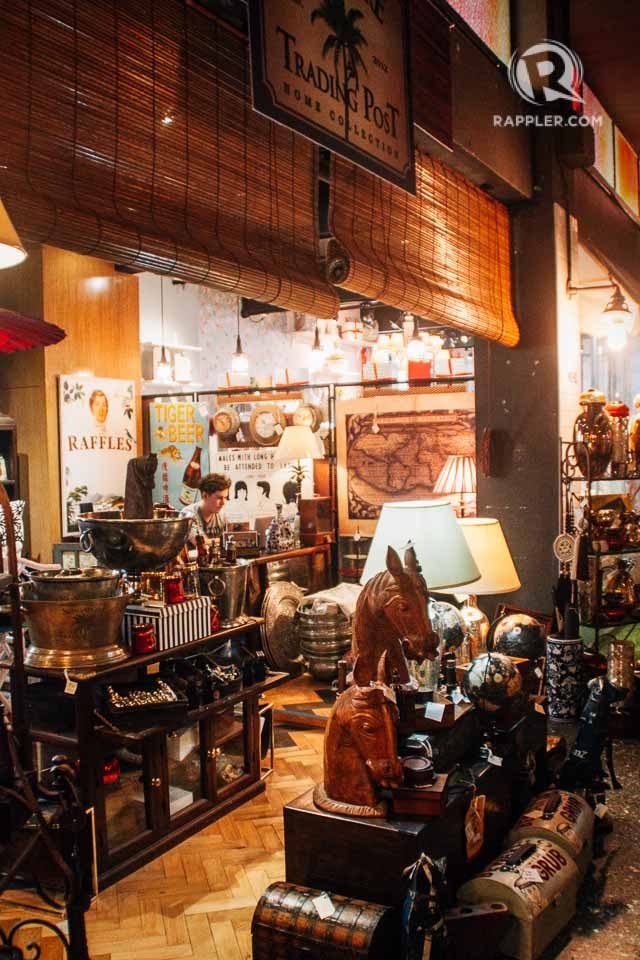
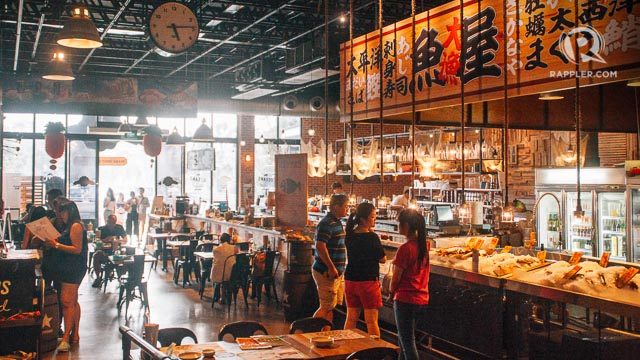
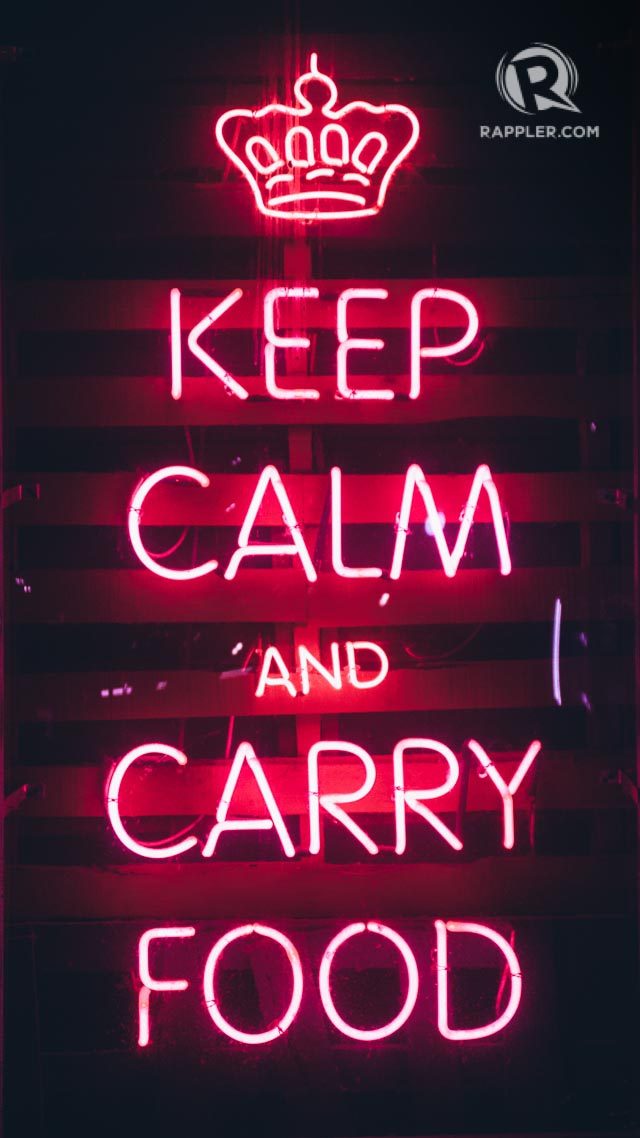
PasarBella @ The Grandstand Bukit Timah – 200 Turf Club Road. Second branch soon to open in September at Suntec City, 3 Temasek Blvd
Haunt a different kind of night market
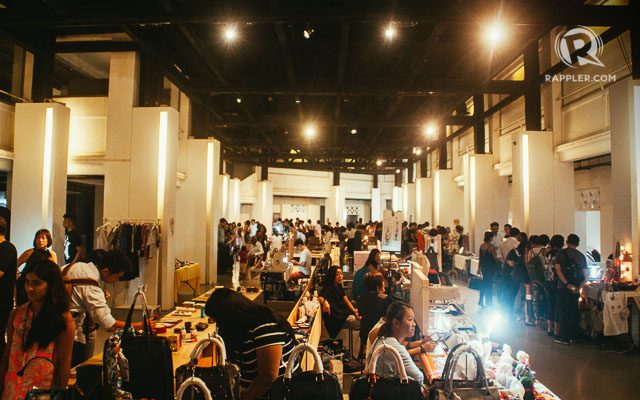
Some of us might imagine night markets to be something out of Blade Runner’s opening scene, or maybe akin to other cities’ hectic but exciting street food markets. However, some local enterprising minds decided to revamp the entire concept.
Enter MAAD (Market of Artists and Designers), a market where creative entrepreneurs – designers, retailers, caterers, and more – gather for one Friday every month. It’s a pop-up, which makes it all the more thrilling. Its venue, the Red Dot Design Museum (28 Maxwell Rd), becomes a cool destination to check out a constantly changing line up of merchants. It’s also an experimental ground for creative minds, so you might be one of the first to cop a unique find or two.
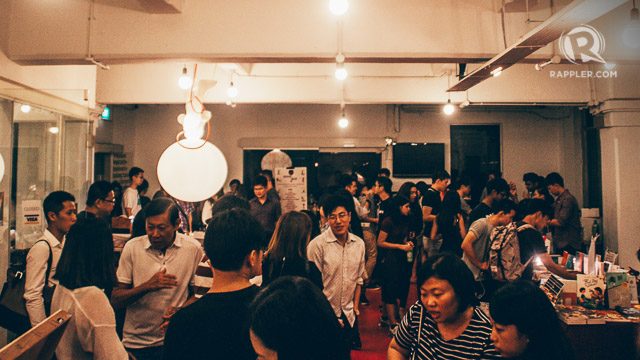
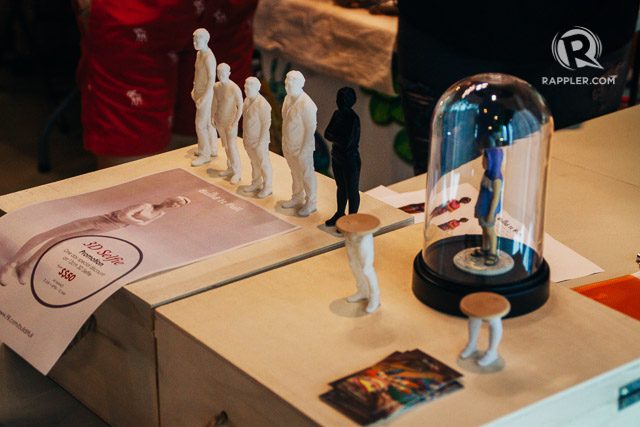
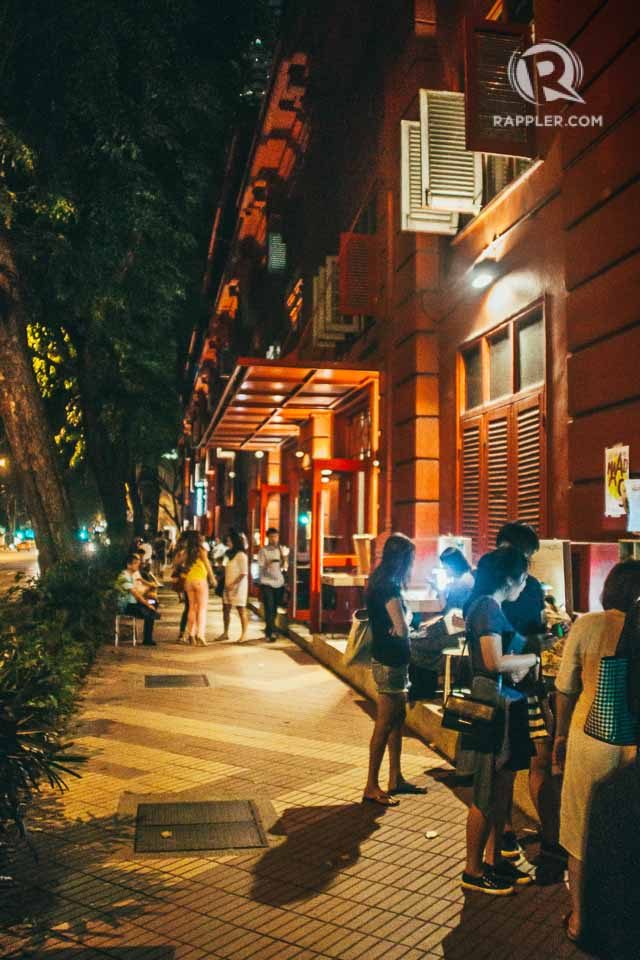
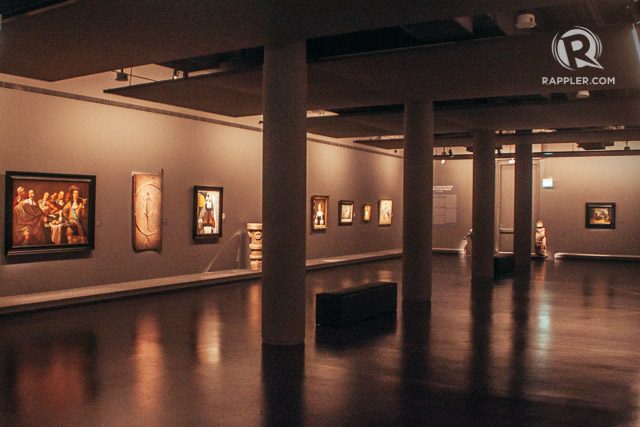
In recent years, Singapore has been trying to position itself as a cultural epicenter in the region. Local think forum blinkBL-NK co-founder Isaac Souweine told The Guardian, “The economic development here happened really fast. Now the cultural development is following.”
The State has even sponsored various initiatives to stoke creativity. In the Bras Basah area, the Singapore Art Museum has two campuses (71 Bras Basah Rd & SAM at 8Q, 8 Queen St) surrounded by art schools and design studios. The restored colonial bungalows of Gillman Barracks (9 Lock Rd) house several international galleries.
Popular attractions become gateways to culture and knowledge as well. Many museums celebrate the indigenous and migrant cultures that have flourished in Singapore. Learning and discovery museums take a considerable amount of effort to design, curate, and even collect – just to be child-friendly.
Singapore is becoming a renaissance city, especially with first global expansion of the renowned Pinacothèque de Paris housed in the historic Fort Canning Arts Centre. The Singapore Pinacothèque de Paris is poised to bring the work of legends closer to the masses and demystify their works with a unique approach.
Getting close to rarely-seen paintings by the likes of Rembrandt, Monet, Picasso, and Pollock is already a sublime experience, but even becomes an illuminating one with an approach dubbed “Transversality.” Through this, the Pinacothèque explores the thematic connections between the works of the masters and ancient Southeast Asian artifacts, as they are placed side-by-side in The Collections gallery.
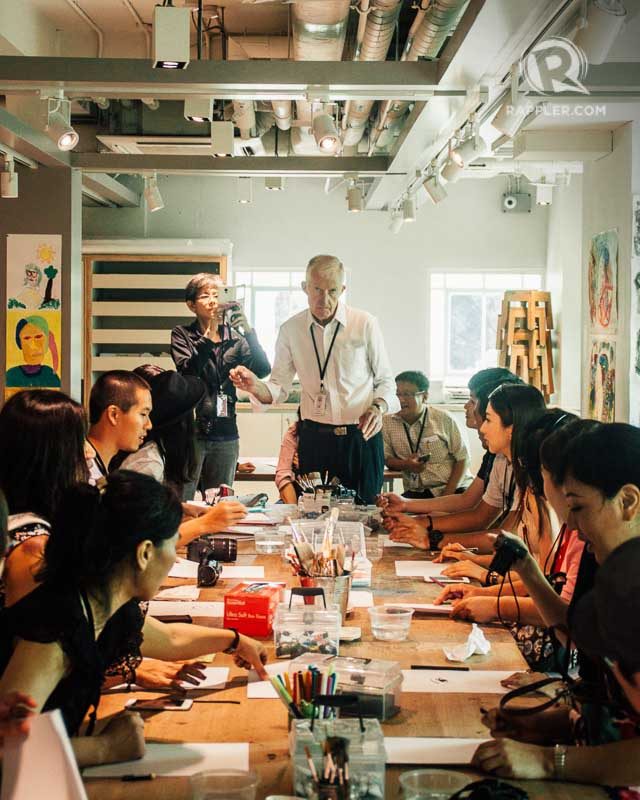
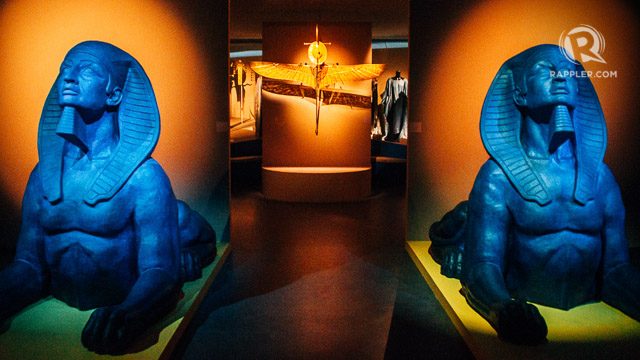
For a more lighthearted experience, head over to the MINT (Moment of Imagination and Nostalgia with Toys) Museum of Toys. Be dazzled by a sizeable collection of vintage toys and collectibles from all over the world. Although it seems that it was put together to induce bittersweet nostalgia among the older folks, even the digital natives will recognize the pop culture icons on display here: Batman, Doctor Who, Astroboy, and more. The museum also displays memorabilia from The Beatles and Queen Elizabeth II’s 1953 coronation, among others.
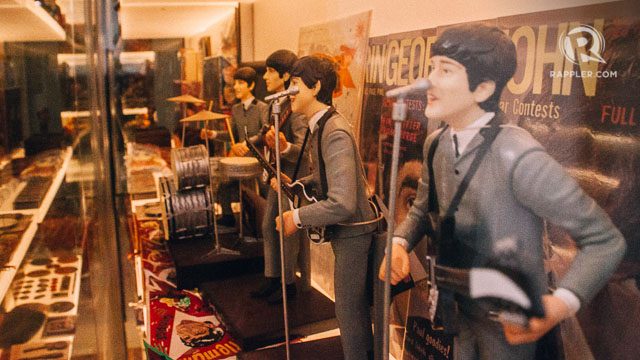
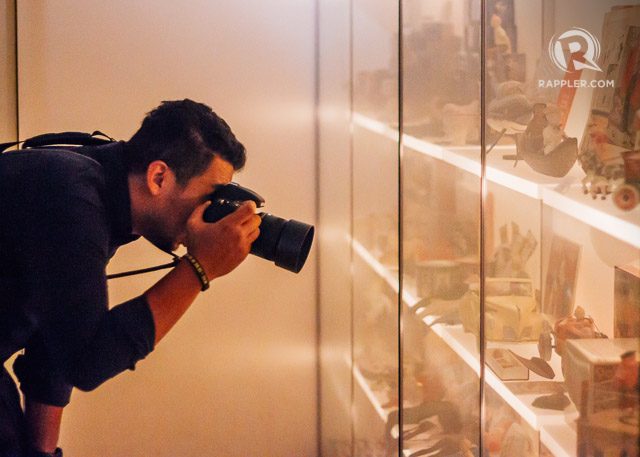
Singapore Pinacothèque de Paris – Fort Canning Arts Centre, 5 Cox Terrace. Sunday to Thursday (10 AM – 7:30 PM), Friday to Saturday (10 AM – 8:30 PM). Art Academy (depending on courses and seminars). Admission prices – varies per exhibition, All
Access – Adults (S$28), Children (S$9), Students (S$19), Senior Citizens (S$27).
MINT Museum of Toys – 26 Seah St. Daily (9:30 AM – 6:30 PM). Adults (S$15); Children & Senior Citizens (S$7.50); Family Package (2 Adults & 2 Children – S$36 + S$6 for every additional child). Free public tours (Wednesday, 3:30 PM).
Get over-caffeinated on a café crawl
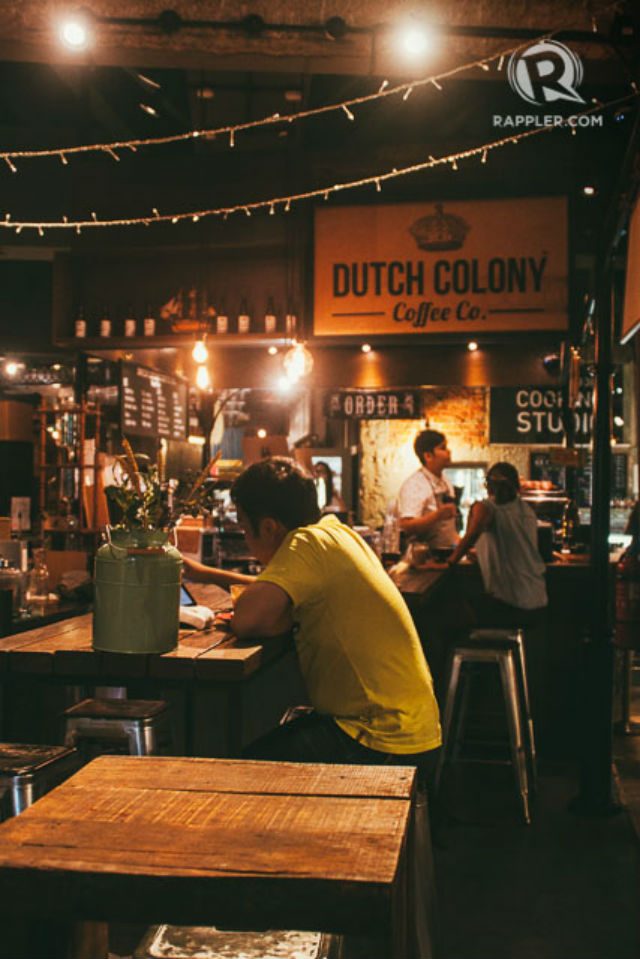
From the humble Kopitiam selling traditional kopi and kaya toast to the upsurge of indie cafés, “Coffee has always been an integral part of Singaporean life, but we’ve only recently embraced modern espresso technology,” says Jovena Loon of Cafehopping Singapore to CNN, which has named the city-state one of the world’s best coffee cities. So more than obsessing about the latte art, you have the chance to discover coffee as an artisanal product – paying close attention to precise espresso shots, roasting profiles, taste notes, and origins.
This isn’t you doing something like the epic pub crawl in Edgar Wright’s apocalyptic comedy The World’s End, and especially for a specialty coffee-lover, the café crawl is very geeky thing to do. Also, if you don’t space your visits, you’ll probably be wide-awake in the evening.
But the café crawl is also the perfect excuse to satiate your sweet tooth with dozens of options, and sometimes, you can have your noontime fill at one of these cafés. If the barista or roaster isn’t busy, you might also be able to chat with these interesting individuals about your coffee, or even trade thoughts about your respective cultures.
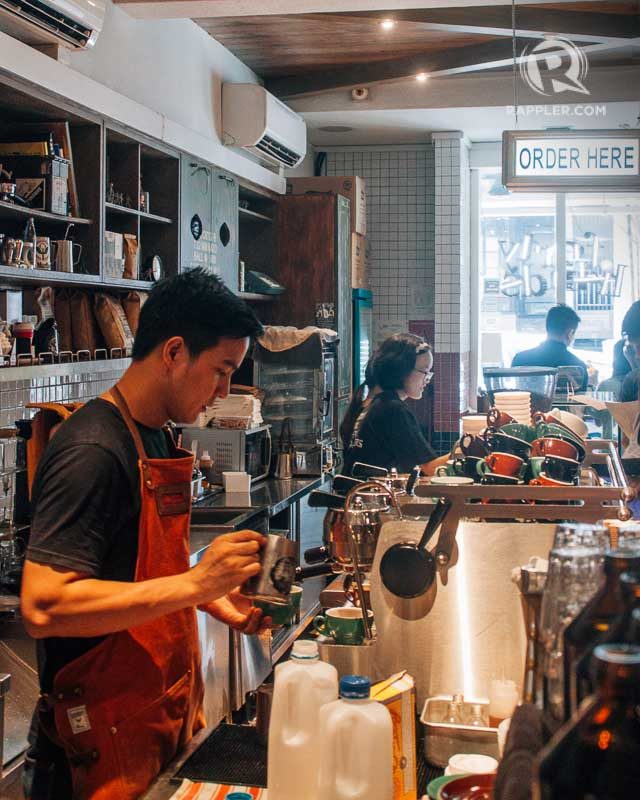
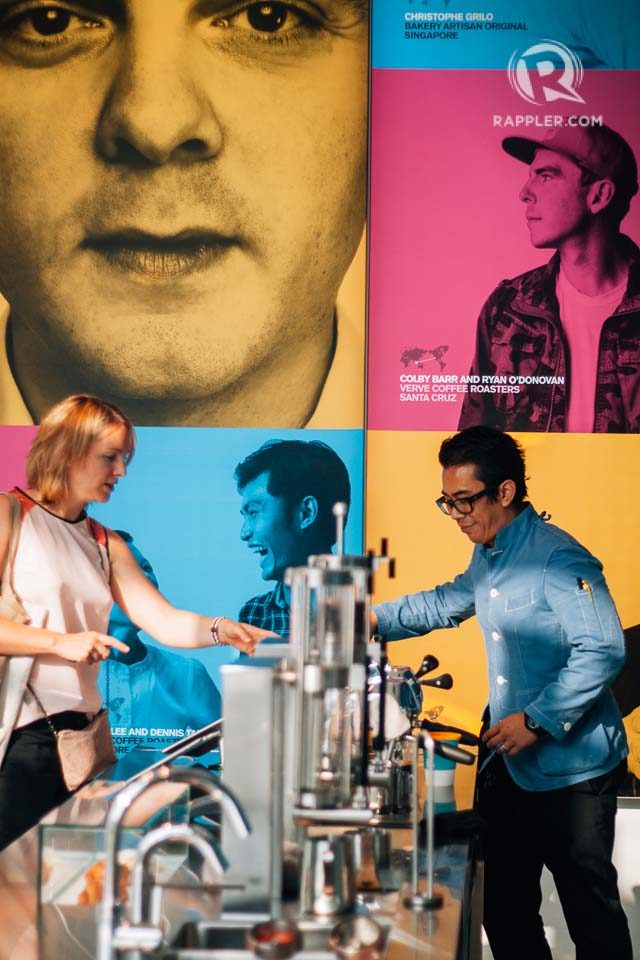
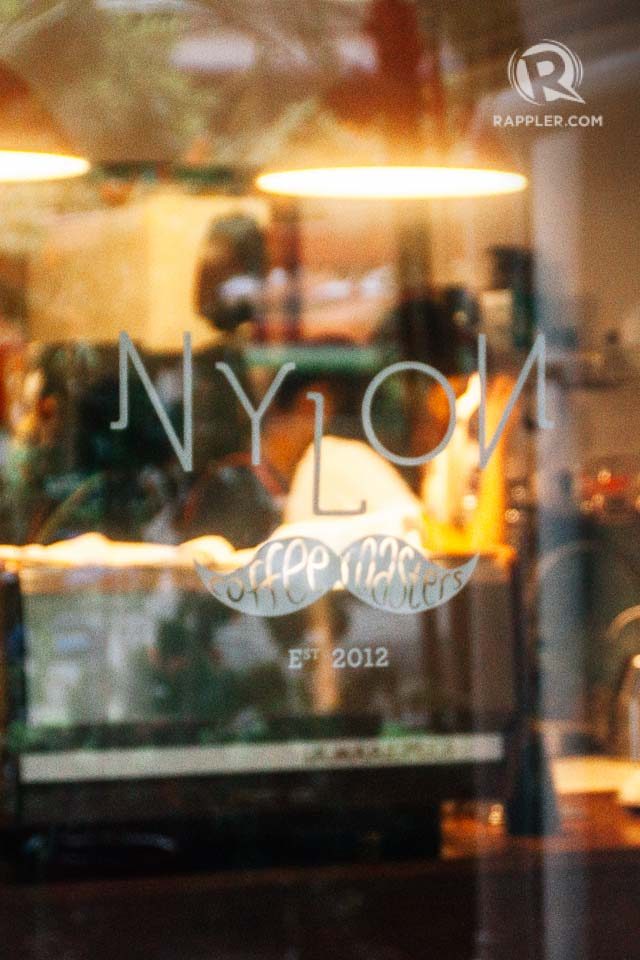
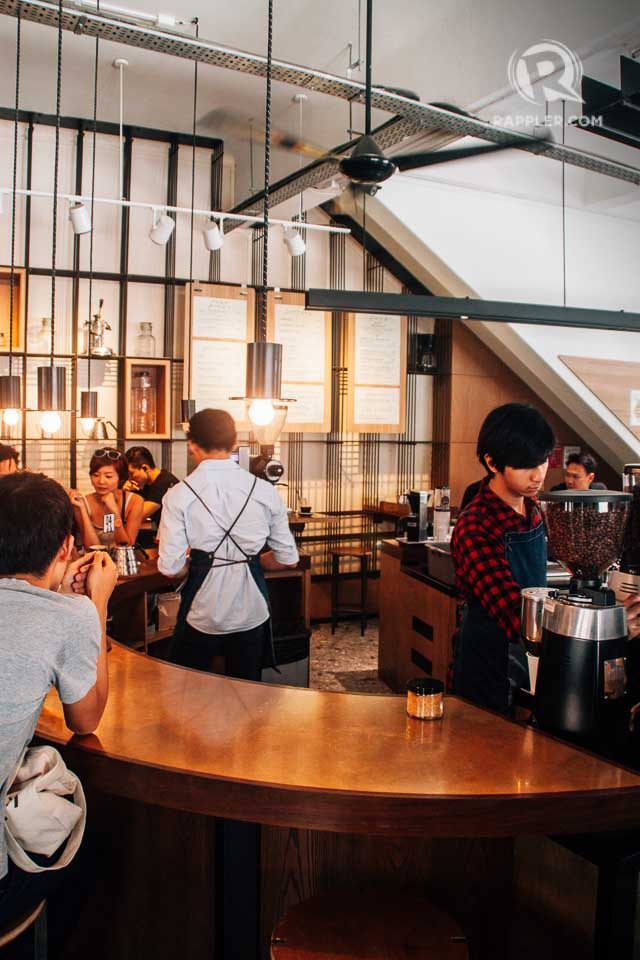
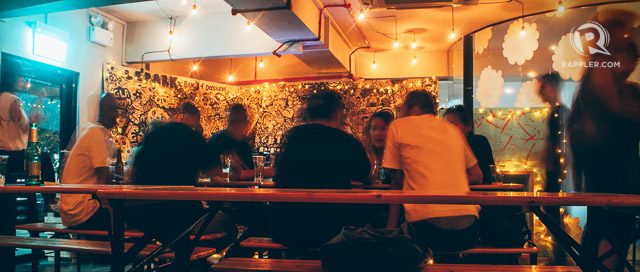
The sight of office workers heading out to bars and pubs to kick back is common to most cities, but the Singaporean nightlife is quite hard to decipher. A variety of options waits on every street corner and most rooftops (unlike Manila, which has a tight-knit circle and where word of mouth isn’t hard to come by). It’s also kind of a hit or miss, considering that with so many options, the crowd is spread out.
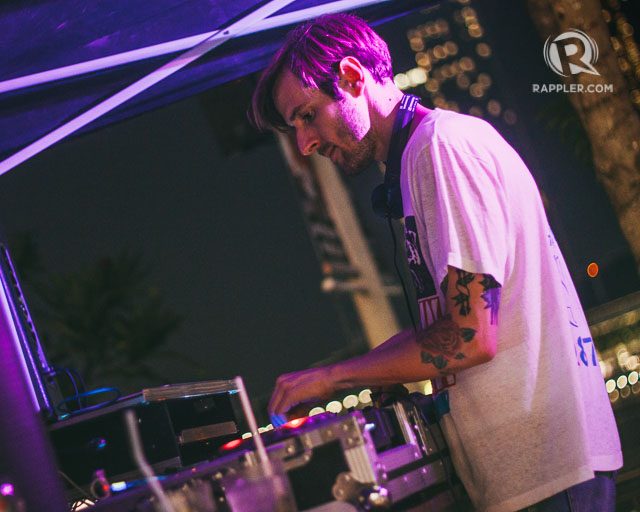
Navigating the city after dark might require some insider savvy, so ask around or scour the Net. On a good night, you might hit the jackpot with good music, booze, and grub, as you move away from the tourist-heavy riverside quays, and look up to the skies.
Take for example Lepark, which plays on the Malay word lepak (roughly “chill”), and its location, the rooftop of the People’s Park Complex (1 Park Rd) in Chinatown. Come for the edgy Singaporean tapas like their Chicken Rice Sushi (S$8/5 pieces) and for its unpretentious and cozy vibes, especially with its hip Getai (Chinese, “song stage”) series.
On weekends, it becomes an impeccable showcase of local talent: DJs, electronic producers, bands, live art, and more (Closest Pinoy parallel I can think of: a cross between Black Market and Route 196).
Say a prayer at a temple
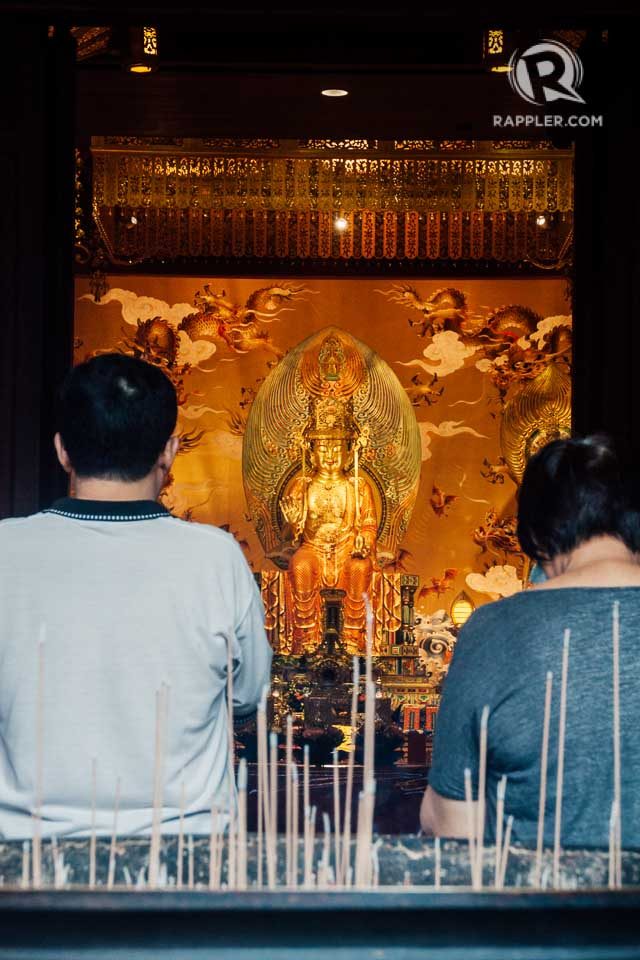
In 2014, the Pew Research Center found that Singapore has the highest religious diversity index. Four major religions (Christianity, Islam, Hinduism, Buddhism) commonly associated with the country’s four ethnic groups, form the majority. As a multicultural society, the city is a crossroads for ancient faiths.
The old temples that dot Singapore Island were built by the early migrants, and some date to the early 19th century, shortly after Sir Thomas Stamford Raffles laid the foundations for modern Singapore.
Little seems to have changed – probably save for restoration works and amenity upgrades – even as new construction carries on almost non-stop throughout the city. Not only are they places of worship, they also offer refuge for weary believers – the early settlers who toiled at the docks, or the corporate type who seeks respite from Singapore’s modern, fast-paced lifestyle.
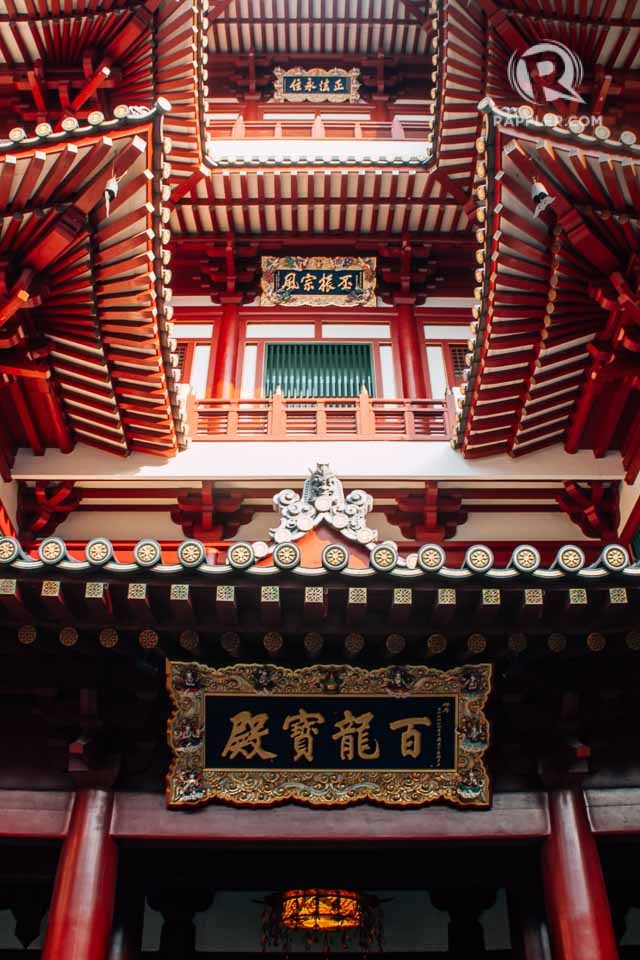
As an outsider, reserve your awe and curiosity for these temples. Stand back and don’t intrude. These sacred buildings also stand as cultural symbols that convey the history of peoples. They’re not merely mystical experiences.
In Chinatown, three places of worship line South Bridge Road, from old to new: Sri Mariamman (Hindu – 1827, 244 South Bridge Rd), Masjid Jamae (Muslim – 1826, 218 South Bridge Rd), and Buddha Tooth Relic Temple (Buddhist – 2002, 288 South Bridge Rd).
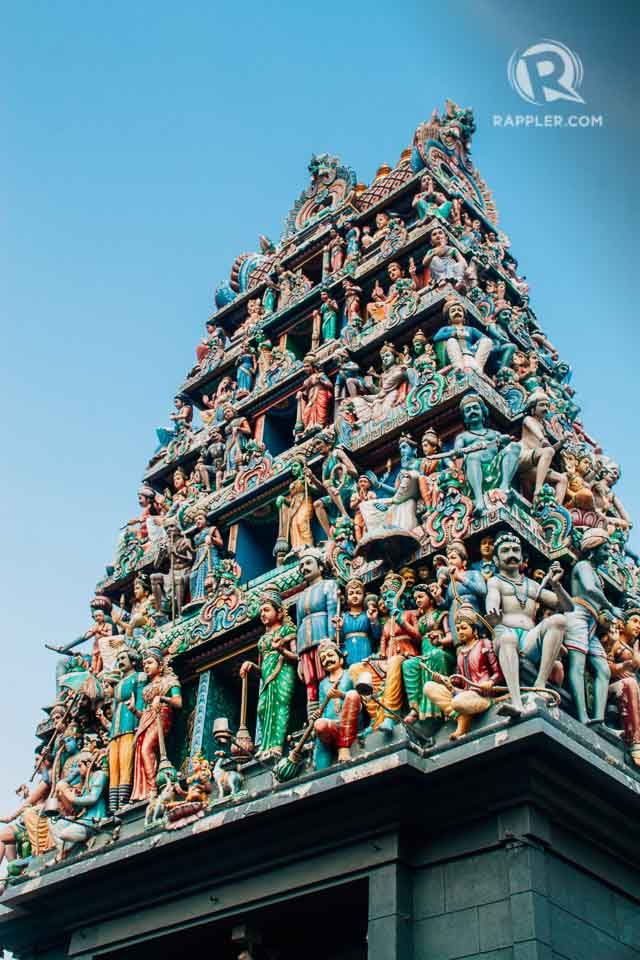
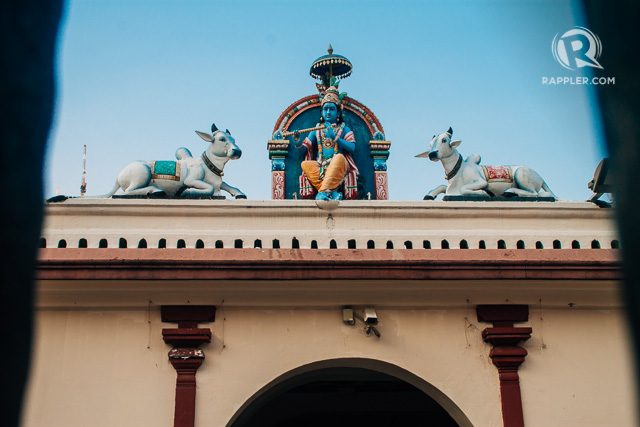
Explore the city on foot, take photos
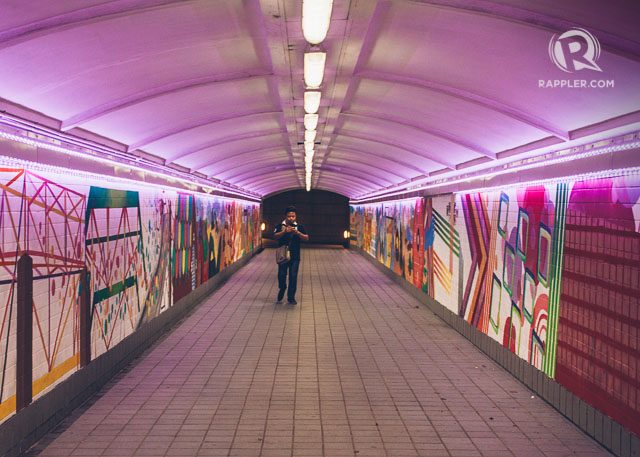
One of the best things about Singapore is that you can feel secure exploring the city on foot – day or night. The Economist Intelligence Unit even ranked it as the second safest city in the world, just next to megacity Tokyo, based on indicators like infrastructure, personal safety (i.e. crime prevention), and more.
Perhaps the city’s humid climate and the occasional rainshower might deter you, but most of Singapore is walkable with its wide, tree-lined pavements. Its public transportation runs through the city like veins, but is easy to understand with the help of an offline GPS map or a MRT guide app.
Step out of your hotel to explore the surrounding neighborhood. Look out for places you want to visit. There are quaint corners to discover (even in the popular spots!), so keep a keen eye for the little details that make Singapore charming. So, whip out your camera or even just your smart phone. Instagram away and share your adventures.
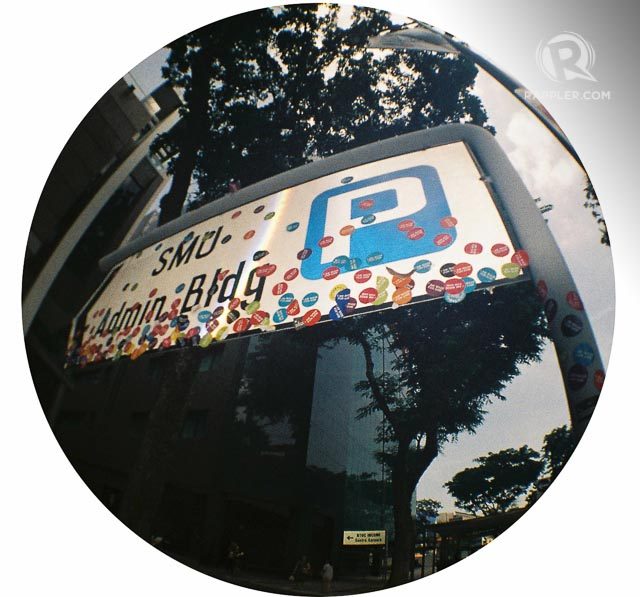
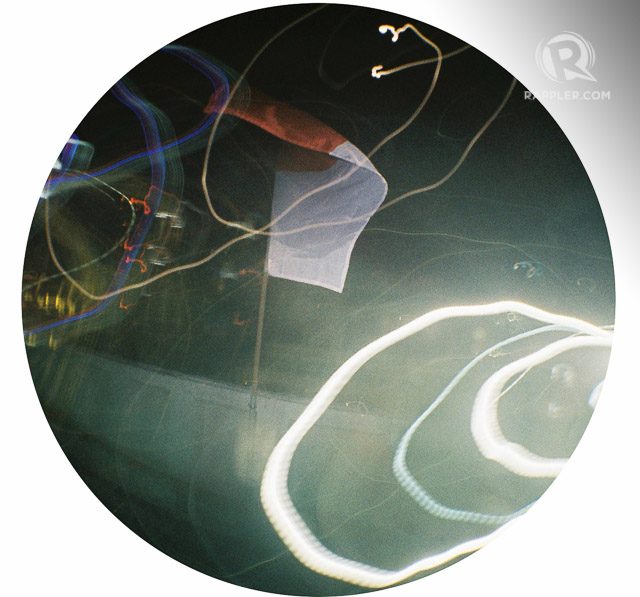
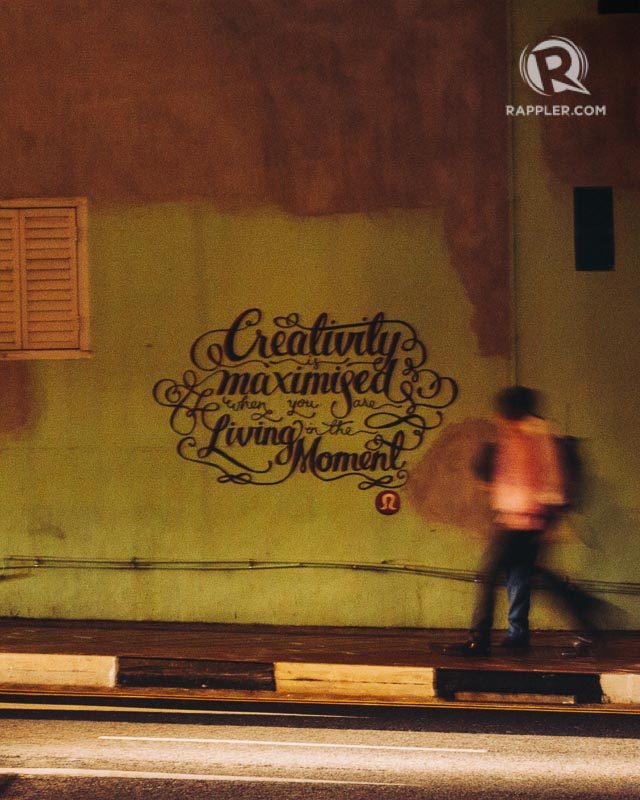
– Rappler.com
Paolo Abad is a film/television editor and motion graphic designer. He is also a self-confessed concert junkie. Follow his Instagram for live music @outoftunephoto
Note: The writer was part of a recent trip to Singapore sponsored by the Singapore Tourism Board.
Add a comment
How does this make you feel?
There are no comments yet. Add your comment to start the conversation.